Future Scottish agricultural policy: new opportunities with tier 2 funding
In my last blog I covered how the overall structure of government payments is set to look going forward, but given there's more detail outlined within the framework, in this blog I'm taking a closer look at the opportunities that could be available under tier 2. If delivered well, it could offer the greatest opportunity to not only gain additional funding, but also make positive changes to farming systems as a whole.
First though, a very quick recap on the proposed new format for future government payments and some of the key dates. You can also read the full overview in my last blog.
The diagram above outlines the new four tier model that has been proposed for all future payments. The main point that I think is important to emphasise is that while the tier 1 base payment will likely involve minimal or no changes for most, it will be a smaller percentage of your current single farm payment. The likelihood is that many farms will need to look at tier 2 (enhanced) and tier 3 (elective) to secure additional funding to make up at least part of the shortfall.
To highlight the importance of tier 2 and tier 3, the below graph from the 2021-22 Scottish Farm Income Estimates report shows how a large proportion of farm profitability is made up from support payments.
Tier 2
As a quick reminder, tier 2 is structured into 'outcomes', 'packages' and 'measures'. Each package is made up of several measures aimed at delivering the desired outcome. The guidance does say that while there will be multiple measures in a package, you might not have to adopt them all to receive the funding associated with it, suggesting an element of flexibility to choose measures that fit with your farm and your own objectives.
There are several packages outlined in the guidance including: field margin, grassland, livestock and crop diversity. In this blog, I'm focusing on two of the packages which I think offer the best opportunities for most arable growers.
Package: Continuous soil cover
Measure 1: Winter cover
Those familiar with overwinter stubbles in the Agri-Environment Climate Scheme (AECS) will recognise this option. You'll need to leave stubble untouched (no grazing, spraying etc.) until after the 1st of March.
More excitingly is that this measure may be enhanced to include keeping living roots in the soil or in other words, cover cropping. For those already doing this, it would provide a financial reward on top of the agronomic, environmental and soil health benefits already being delivered. For those who aren't, it would be a great way to reduce the entry cost and start with something simple, for example using our Forage Rye and Radish Mix over winter ahead of a spring crop. Find out more about this mix in the 2023 Kings catalogue.
Measure 2: Minimum/No tillage
While some may look at this measure and immediately think it will be about direct drilling and potentially unworkable in some instances, the initial signs are that it may be more flexible. It seems to be aimed at reducing inversion and deep ploughing. Cultivating and discing would still be an option to keep soils in workable condition.
Package: Efficient/Reduced use of synthetic inputs
Measure 1: Efficient/Reduced use of inorganic fertilisers and lime
This will likely be an easy fit for many. Anyone already using our SOYL services to target their nutrient inputs would already qualify. You'll be required to use the results of your soil analysis to target your crop inputs and apply "only where and as little as necessary". There may be some flexibility with derogations based on agronomic advice and extenuating circumstances.
As with measure 1 under continuous soil cover, it's been suggested that this could be enhanced to include the use of legumes in the rotation or incorporating organic materials such as green manures or livestock manure (either applied or from grazing animals).
Measure 2: Efficient/Reduced use of synthetic pesticides
This isn't a blanket ban of the use of pesticides. It's based around good integrated pest management and decision-making that our industry has been promoting for a long time. It would require you to only apply synthetic pesticides "if economic threshold of pest/disease is reached or extenuating circumstances require a dispensation".
Another interesting potential enhancement is the mention of variable rate applications, which would need some consideration and consultation on the agronomic impacts.
Measure 3: Use of N-fixing crops
A simple measure that for many won't involve any change; it requires you to include peas or beans in your rotation. You'd need to also include other "appropriate catch/cover/green manure/soil-improver crops", but the frequency or size of area is not detailed yet though. But if you were enrolled in the continuous soil cover package you would be covered anyway due to its requirements.
Summary
While these are only two of the potential packages, they highlight the opportunities that tier 2 could provide. These two would sit well together and require very few changes for a lot of farms, which is a real positive for the implementation of tier 2 given the early concern many had. The real question is how these proposals will be converted into a formal offering and the payments associated with them, but we will have to wait until 2024/25 for that information.
What we can be sure of is that this change is coming, and it has a clear direction. My advice is to engage with it now to see how it will impact you and, more importantly, how it could benefit you. Start trying things now and having discussions with your advisors as to how you can fit cover crops, variable applications and environmental features into your system.
If you have any questions about the various Agricultural Reform packages and measures within them, please speak to your local Frontier, Kings or SOYL contact. Alternatively, you can get in touch.
As a subscriber, you’ll receive email alerts each time a new blog is published so you can always stay updated with the latest advice and insights from our experts

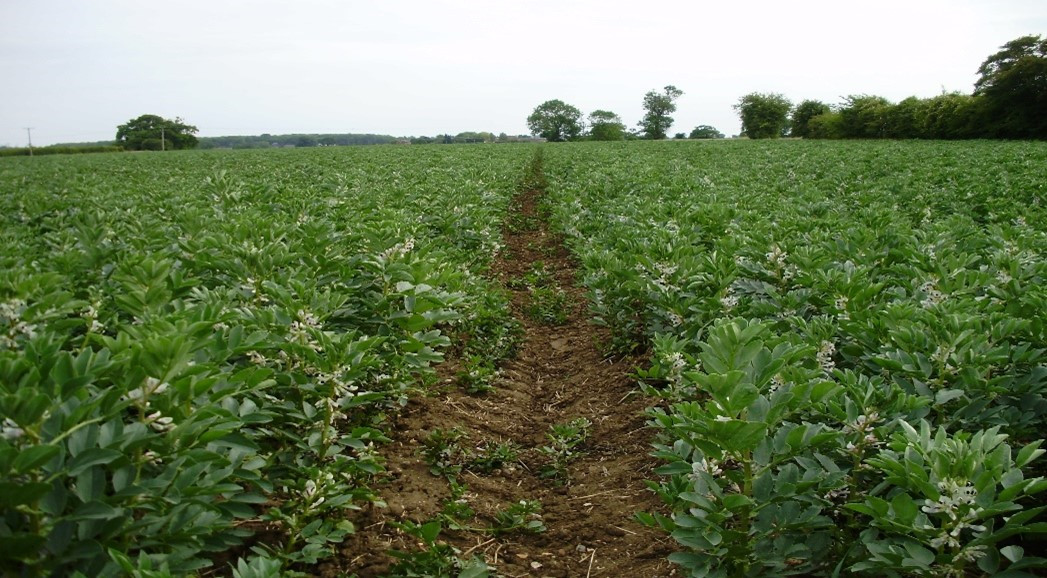
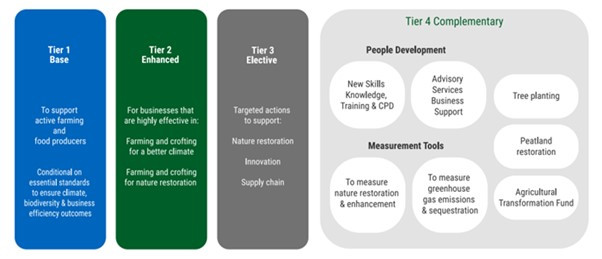

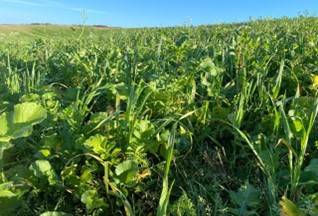
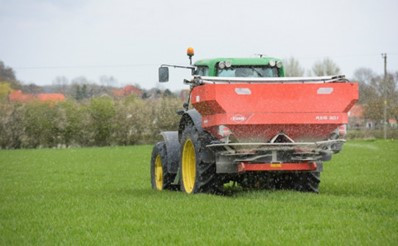
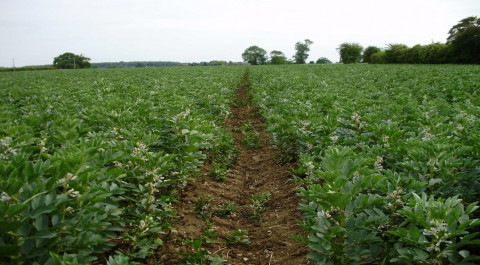



Comments